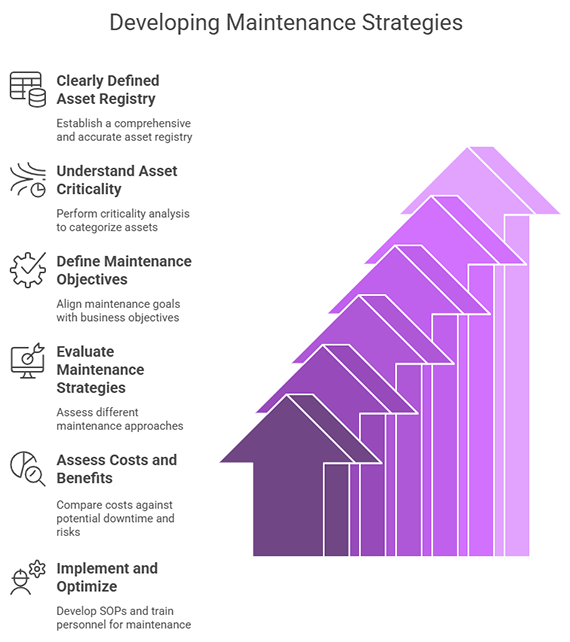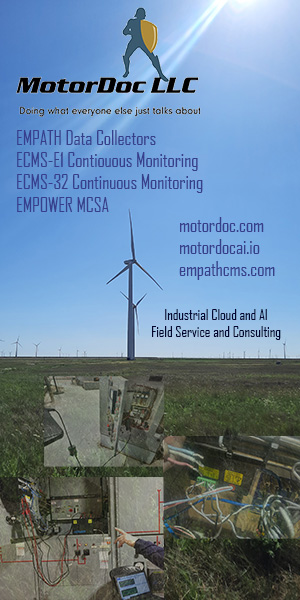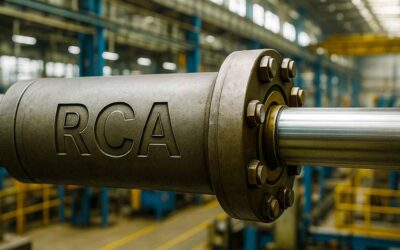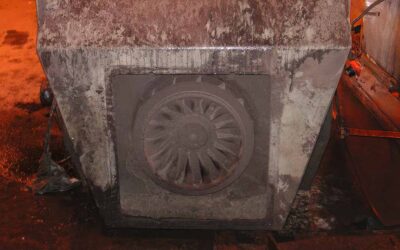It never fails and is always inconvenient! Why is it that the smoke detectors’ low battery beeping ALWAYS goes off between 2:00 a.m. and 4:00 a.m. on a weekend or at night when you need to get a good night’s sleep? Why can’t it go off Monday through Friday between 10:00 a.m. and 2:00 p.m., like every emergency in our facilities?
Because the reality is that the batteries in our smoke detectors are a random failure. We cannot necessarily determine when the juice left in the battery hits the rapid wear-out mode. But we can move to a more proactive strategy, like changing them out with daylight savings.
This will not eliminate the failure 100% of the time (after all, it is a random failure), but we can increase the odds of us scheduling the maintenance before it becomes a failure.
A beeping smoke detector at 2 AM is annoying. A failed system in a crisis is disastrous. Proactive maintenance ensures small warnings don’t turn into big failures.
Like the equipment and the impact of failure, it is important that we have the appropriate maintenance strategies in place to mitigate, eliminate, or at least identify early equipment failures. Those strategies and their depth and robustness are determined based on the consequence of that failure. Now, a beeping battery is an early warning sign of failure.
If we do not manage that early warning, the potential would be there for us, not knowing a real danger is present. The consequence intensifies.

Determining the appropriate maintenance strategy requires a structured approach to balance cost, risk, and performance. Here is a general guide to developing the appropriate strategies:
Clearly Defined and Accurate Asset Registry
- The organization MUST have an accurate registry, hierarchy, & eBoM
Understand Asset Criticality
- Perform a criticality analysis to categorize assets based on their impact on safety, production, and cost
- Use tools like Failure Mode and Effects Criticality Analysis (FMECA), Reliability Centered Maintenance (RCM) or Risk-Based Maintenance (RBM) to assess failure consequences
Define Maintenance Objectives
- Align maintenance goals with business objectives (e.g., reducing downtime, increasing reliability, optimizing costs)
- Consider resources, budgets, and constraints
Evaluate Maintenance Strategies
- Reactive Maintenance (Run-to-Failure): Suitable for non-critical, low-cost assets with minimal impact on operations
- Preventive Maintenance (Time-Based): Scheduled servicing or replacements based on time intervals or usage
- Predictive Maintenance (Condition-Based Monitoring – CBM): Uses real-time data (vibration analysis, infrared thermography, oil analysis) to predict failures
- Proactive Maintenance: Focuses on eliminating root causes of failures through improved design, installation, and operating practices
Assess Costs, Benefits, & Performance
- Compare the cost of maintenance activities against potential downtime, repair costs, and safety risks
- Use tools like Life Cycle Cost Analysis (LCCA) to justify maintenance investments and spare parts inventories
- Determine the impact on performance and whether it has reduced risk.
Implement and Optimize
- Develop Standard Operating Procedures (SOPs) for maintenance tasks
- Train personnel and ensure proper documentation of maintenance activities
- Continuously monitor asset performance and adjust strategies based on data and feedback
Organizations can mitigate the risk and impact of pivotal failures by formulating and executing these strategies and procedures. When moving towards more initiative-taking activities and away from reactive, we can reduce the likelihood of a fire happening in the middle of the night at the most inconvenient time! Now, go to sleep.











